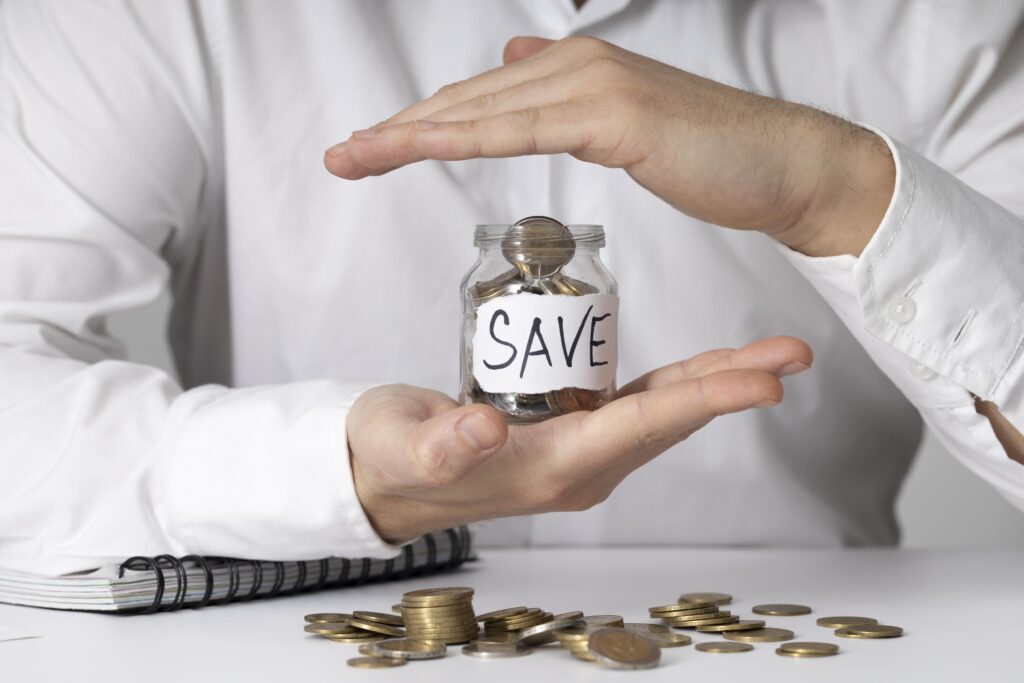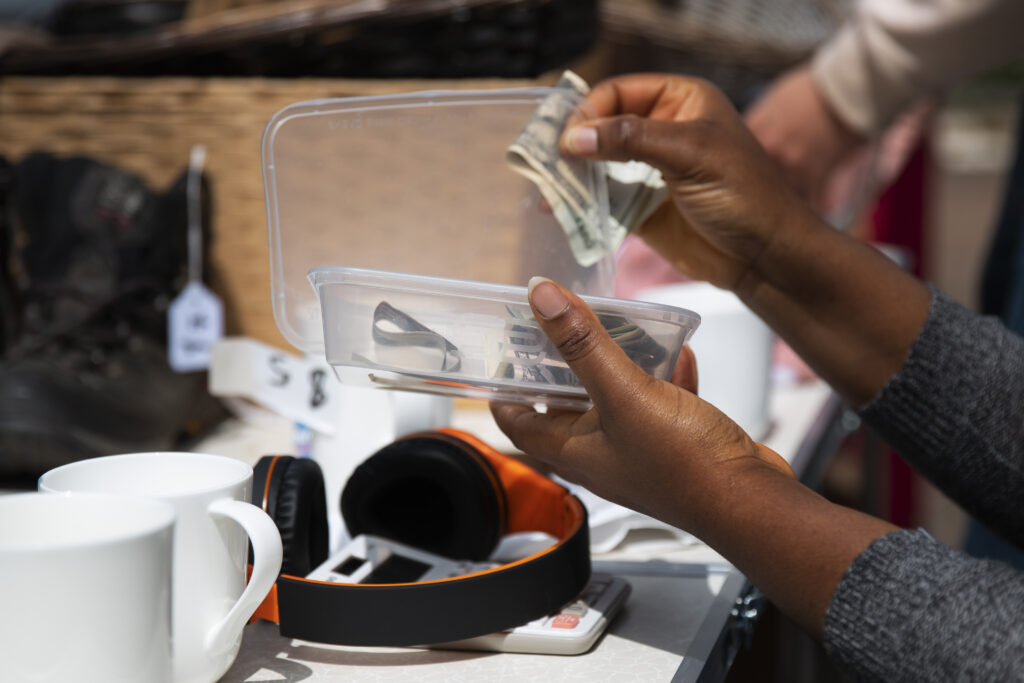If your car breaks down today or you suddenly lose your job, would you have enough cash set aside to stay afloat?
An emergency fund is not a luxury; it’s a financial survival tool. Yet many people still don’t have one, often because they think saving is too hard, too slow, or too far out of reach.
Here’s the truth: You don’t need to be rich to build an emergency fund. You just need a plan, a bit of consistency, and the right mindset.
This blog will show you exactly how to start, even if you’re starting from zero.
What is an Emergency Fund (And Why You Absolutely Need One)?

An emergency fund is money you’ve set aside specifically for unexpected expenses, like:
- Job loss
- Medical emergencies
- Car repairs
- Urgent travel
- Home repairs
It’s not for shopping, vacations, or “planned” bills. It’s your safety net (a buffer between you and financial disaster).
Without it, any surprise expense can force you into debt or wipe out your savings, but, with it, you stay in control.
How Much Should You Save?
The ideal amount depends on your lifestyle, dependents, and risk level, but here’s a good rule of thumb:
- Aim for 3–6 months’ worth of essential expenses.
Start by calculating your bare minimum monthly needs: rent, food, utilities, transport, insurance, and debt payments.
Example:
If you need $1,500/month to survive, your emergency fund goal should be between $4,500 and $9,000.
But don’t let the big number scare you. Your first milestone could be just $500 or $1,000. Small wins build momentum.
How to Build Your Emergency Fund from Scratch

1. Open a Separate, Easy-to-Access Account
Keep your emergency fund in a high-yield savings account that’s separate from your main spending account. This way, you’re not tempted to dip into it.
It should be:
- Easy to access (within 24 – 48 hours)
- Not linked to your everyday debit card
- Earning a bit of interest
2. Set a Realistic Starting Goal
If $5,000 feels overwhelming, start with $500.
Reaching that first target quickly will give you confidence and make it easier to stay consistent.
3. Automate Your Savings
The easiest way to save is to remove the need to think about it.
Set up an automatic transfer:
- Weekly ($10–$50)
- Biweekly (e.g. every payday)
- Monthly (a fixed amount)
Even $20/week adds up to over $1,000 a year… without feeling like a sacrifice.
4. Cut and Redirect Non-Essentials
Scan your monthly spending and find money leaks:
- Cancel unused subscriptions
- Cut back on takeout or impulse buys
- Pause unnecessary spending for 30 days
Every $10 saved is $10 that can go into your emergency fund. You’re not depriving yourself… you’re buying peace of mind.
5. Add Windfalls and Extra Income
If you get any unexpected income, you should treat it like fuel for your fund.
- Tax refunds
- Cash gifts
- Side hustle income
- Bonuses or commission checks
You don’t have to put it all in, but even 50% of windfalls can significantly boost your savings speed.
6. Track Your Progress Visibly
Use a tracker, visual chart, or app to watch your fund grow.
Celebrating small wins (like saving your first $100 or $500) keeps you motivated. Saving is a habit, not a one-time decision.
Final Thoughts
Building an emergency fund from scratch doesn’t require big money. It requires a small plan, repeated consistently.
Once your emergency fund is in place, you’ll feel more confident, less stressed, and ready to face life’s surprises without financial panic.